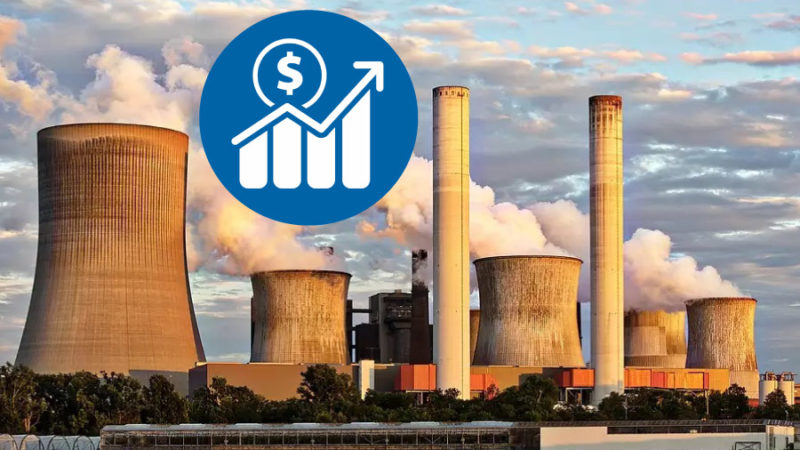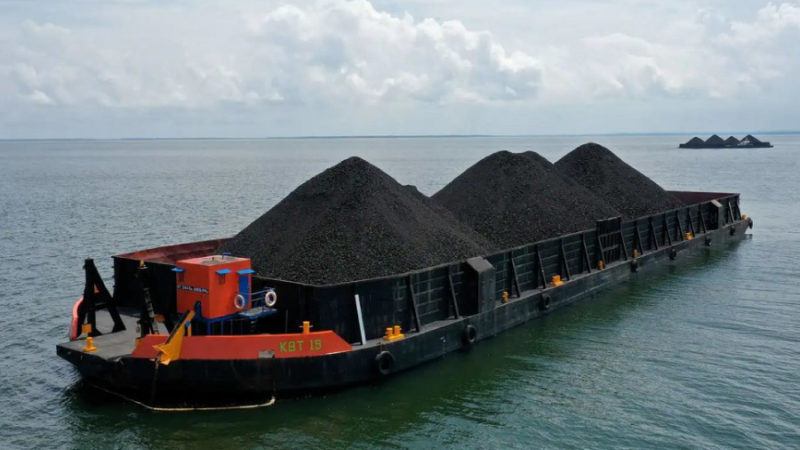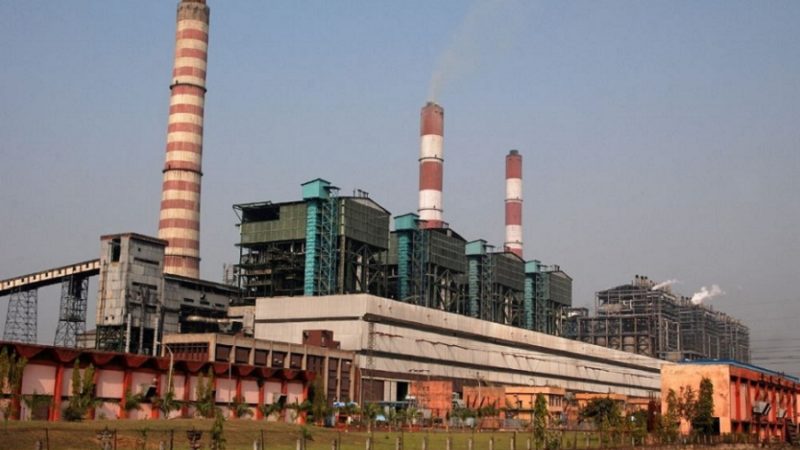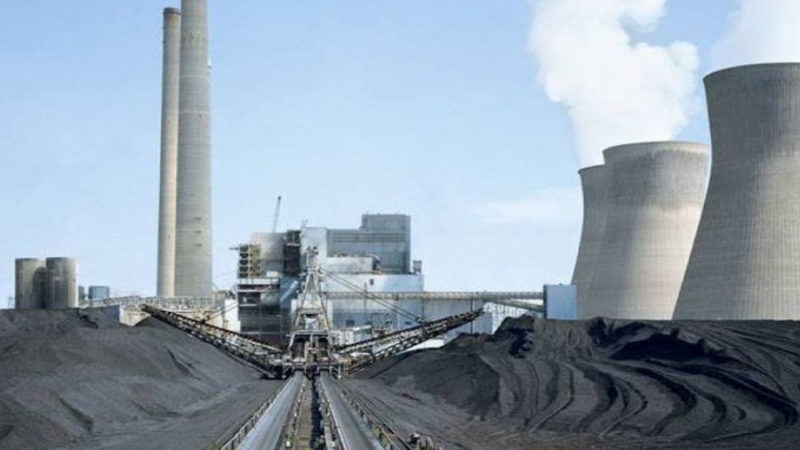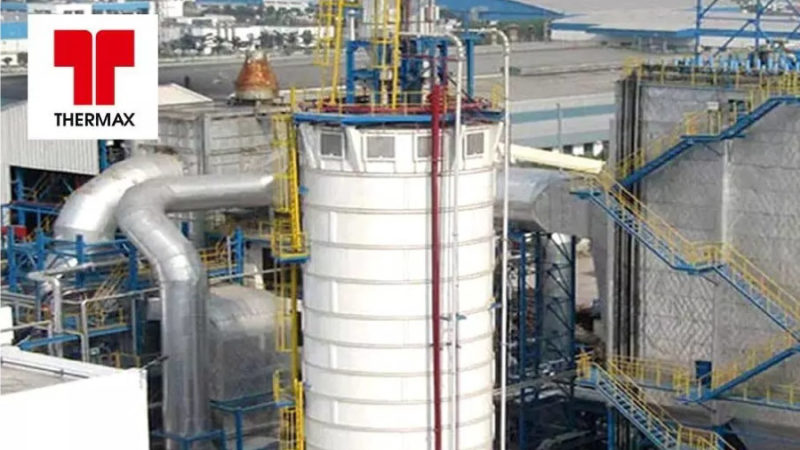Emission Check

An insight into opportunities and key challenges faced by the thermal power sector in complying with new Emission Standards…
In December 2015, the Ministry of Environment, Forest & Climate Change (MoEF&CC) announced tighter emission standards for coal-based thermal power plants. The new standards aim at reducing dramatically NOx, SO2, PM, and mercury emissions. In order to comply with these revised standards, existing plants were given two years (upto December 2017), while plants commissioned after 1 January 2017 were required to comply from the start of their operations.
Within two years of the notification date–the 7 December 2015–standards were meant to be enforced. Thermal plants were categorized in the notice in 3 categories: thermals that were installed before 31 December 2003 ; after 2003 but before 31 December 2016 and thermal plants that were installed after 1 January 2017.
While implementation was slow to begin with, FGD technology uptake gathered momentum after the Central Electricity Authority (CEA), along with regional power committees, drafted a plan last year for the phased implementation of FGD systems at plants. Power Insight endeavors to analytically look into the thermal power sector and allied industries preparedness to comply with these standards and norms.
The Opportunities:
In order to comply with the Conference of the Parties (COP21) commitments, in December 2015 the environment ministry issued new norms to restrict the emissions of nitrogen oxide (NOx), sulphur dioxide (SO2) and particulate matter (PM) from thermal power plants (TPPs). Compliance with the standard would involve important upgrades to machinery and big numbers of emission control devices in current and future projects.
According to industry experts there is an estimated total potential of around 160-170 GW for the emission control market in the country. Thus, it opened up a huge business opportunity and stimulus for the hard hit equipment industry’s recovery and was welcomed by the industry. Since the announcement of the norms, the market has already begun to see a flurry of activity with tenders being issued by various utilities.
Further, steps being taken at the policy and regulatory level for the implementation of the new norms in recent months have boosted confidence in the industry. Key among these has been the release of a phased implementation plan by the Central Electricity Authority (CEA), as per which a region-wise implementation strategy to install FGD systems in about 122 GW of capacity by 2022 has been announced (72 GW of projects that do not have space to install FGDs will be phased out).
The Challenges
On the developer side, a big concern that has been raised since the announcement of the norms has been with respect to costs as coal-based power projects will have to invest in additional equipment capital expenditure to comply with the revised emission norms. This will result in raising the generating cost of generation company’s (Gencos) by 13 paise to 22 paise per unit. Gencos face uncertainty on the recoverability of such costs from the financially fragile state-owned distribution utilities.
Though, industry experts believe that costs could come down once market competition intensifies. On the other hand an area of concern for the equipment industry is the excessive technical requirements being stipulated in the technical specifications, which poses serious impact on the price. Further, utilities often delay the release of tender documents or signing of contracts, which is compensated by shrinking the project execution time. This makes it difficult for vendors to execute projects within time schedules, often leading to a compromise in the quality of equipment installed or safety at the plant site.
Initial Hitches
To comply with these revised standards, existing plants were given two years (upto December 2017) The CEA has sought details of preparedness and action plans for meeting the revised norms from all TPPs. All IPPs showed their interest of being fully on board to implement the norms. It seemed like the Initial apprehension about the two-year time frame for the implementation of norms being too aggressive is subsiding.
However, power generation companies have reportedly sought tariff support from the central government to meet new emission control norms for power plants. It is expected to involve cumulative private sector investment of $38 billion in the refurbishment of coal-filled power stations with fresh emission control facilities, and as an after affect the tariff rate of Rs 0.50 to Rs 1.25 per unit would be raised.
In addition, it has been reported recently that the domestic capacity for manufacturing emission control equipment is currently inadequate and in this respect MoP has taken up the issue with the MoEFCC. Though, earlier the domestic equipment industry players have emphasize that the existing manufacturing capacity is not a constraint for FGD or SCR systems and with their technical tie-ups with global solution providers, they are fully geared up to meet the power sector’s requirements.
Keeping in mind these development, MoEFCC has extend the December 2017 deadline regarding stricter emission norms for coal-based power plants to 2022.
Conclusion:
It is an unquestionable reality that India’s emission standards are likely to get stricter over the coming years. Thus focusing on addressing key concerns will help ensure that the set targets are met as soon as possible.
According to the CEA, as of September, FGD systems have been commissioned for 1,820 MW of capacity across three units at two private sector power plants – Tata Power’s 500 MW Trombay thermal power station (TPS) and CLP India’s 2×660 MW Mahatma Gandhi TPS (which is currently under renovation and maintenance).
Meanwhile, bids have been awarded for 27 other thermal power units aggregating 13,540 MW of capacity. With all these units belonging to NTPC, the company is leading the way in FGD implementation. Since September 2018, NTPC has awarded three more projects – the 2×110 MW Tanda TPP, the 1×500 MW Unchahar TPP and the 4×210 MW Dadri TPP.
In another significant policy development, the Ministry of Power (MoP), in May 2018, issued a notification stating that investments in the installation of emission control technologies would be considered for tariff pass-through.




